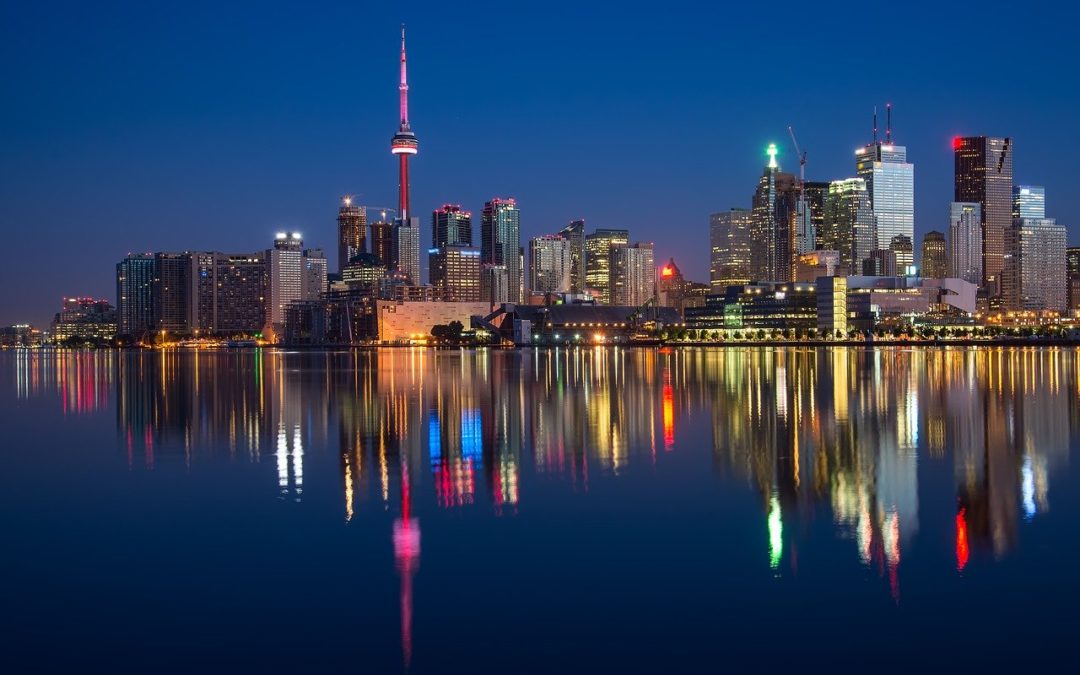Canada is made up of 10 provinces and three territories, most of which are populated by Canadians. Canada’s common border with the United States to the south and northwest is the longest in the world. It is a bilingual nation with both English and French as official language.Canada is one of the world’s pioneers in space robotics . It also produced one of the most successful sounding rockets, the Black Brant.It has developed a music infrastructure and industry. The Canadian music industry has produced internationally renowned composers, musicians such as Portia White, Rush, Joni Mitchell and Neil Young. It’s official national sports are hockey in the winter and lacrosse in the summer. It has longest coastline in the world. It is one of the largest mining nation. It is 3rd largest diamond producing nation in the world.
Life and Culture
Canada is multicultural. Canada is a multicultural haven where everyone feels welcome and cultural differences are not just respected, but welcomed.Canada is an improbable country — a land of immense geography, extreme climate and vast resources Canada’s culture has historically been influenced by European culture and traditions, especially British and French. It has also been strongly influenced by that of its linguistic, economic, and cultural neighbor, the United States. The Music of Canada has reflected the multi-cultural influences that have shaped the country. Canada has always placed emphasis on equality and inclusiveness for all people.
Climate
Average winter and summer high temperatures across Canada vary according to the location. In the interior provinces,average temperatures are near −15 °C (5 °F) in winters but can drop below −40 °C (−40 °F) . In noncoastal regions, snow can cover the ground almost six months of the year (more in the north).
Government
Canada is a federation of ten provinces and three territories. Under the Canadian constitution, provincial governments have exclusive responsibility of all levels of education. There is no ministry or department of education at the federal level. Canada’s three territories, Yukon, Northwest Territories, and Nunavut, do not have the same constitutional status as the provinces, and are subject, in many areas, to more direct control from the federal government. With respect to education, however, the federal government has delegated this responsibility to the territorial governments, which, in turn, cooperate with the provinces to deliver postsecondary programs.
Education
Canada has one of the highest rates of postsecondary-education completion in the world. According to the 2006 census, six out of every 10 adults between 25 and 64 years of age had completed some form of postsecondary education.
Fact Facts
- Area: 10,369,434 sq km
- Population: Over 28 million
- Capital: Ottawa
- Currency: Canadian dollar Religion: Roman Catholic and Protestant
- Languages: English and French
- Major Industries: Transportation equipment, chemicals, processed and unprocessed minerals, food products; wood and paper products; fish products, petroleum and natural gas.
- Geography: Canada is the second largest country in the world.Most of Canada’s more than 33 million people live in highly urbanized centres in the south, within 300 kilometres of the border with the United States.
- Economy: Canada is a major industrialized trading nation, a member of the G7/8, the G20, the Organisation for Economic Co-operation and Development, and many other international bodies.

